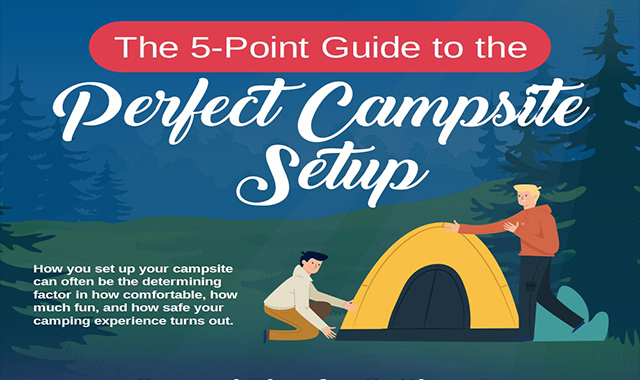Winter season outdoor camping is an enjoyable and adventurous experience, however it requires correct gear to guarantee you stay cozy. You'll need a close-fitting base layer to catch your body heat, in addition to a protecting coat and a water resistant shell.
You'll likewise need snow stakes (or deadman anchors) hidden in the snow. These can be linked making use of Bob's brilliant knot or a routine taut-line drawback.
Pitch Your Outdoor tents
Winter months outdoor camping can be an enjoyable and daring experience. Nevertheless, it is very important to have the appropriate equipment and understand exactly how to pitch your tent in snow. This will protect against cool injuries like frostbite and hypothermia. It is additionally crucial to eat well and stay hydrated.
When establishing camp, see to it to choose a site that is sheltered from the wind and devoid of avalanche threat. It is likewise a good idea to load down the location around your tent, as this will help in reducing sinking from body heat.
Before you established your outdoor tents, dig pits with the same dimension as each of the anchor factors (groundsheet rings and person lines) in the center of the outdoor tents. Load these pits with sand, rocks or perhaps things sacks filled with snow to small and secure the ground. You may additionally intend to consider a dead-man support, which includes tying outdoor tents lines to sticks of timber that are buried in the snow.
Load Down the Area Around Your Tent
Although not a necessity in most locations, snow risks (also called deadman anchors) are an outstanding enhancement to your camping tent pitching kit when outdoor camping in deep or compressed snow. They are basically sticks that are developed to be hidden in the snow, where they will ice up and create a solid anchor factor. For best outcomes, make use of a clover hitch knot on the top of the stick and hide it in a few inches of snow or sand.
Set Up Your Outdoor tents
If you're camping in snow, it is a great concept to utilize a tent created for winter backpacking. 3-season tents function fine if you are making camp listed below tree line and not anticipating especially rough weather condition, yet 4-season camping tents have tougher poles and fabrics and use more defense from wind and heavy snowfall.
Make certain to bring sufficient insulation for your resting bag and a warm, completely dry inflatable mat to sleep on. Inflatable floor coverings are much warmer than foam and assistance protect against chilly places in your camping tent. You can additionally add an added mat for resting or cooking.
It's likewise a good idea to establish your outdoor tents close to an all-natural wind block, such as a group of trees. This will make your camp extra comfortable. If you can not find a windbreak, you can produce your very own by digging openings and burying items, such as rocks, outdoor tents stakes, or "dead man" supports (old outdoor tents man lines) with a shovel.
Restrain Your Tent
Snow stakes aren't needed if you use the ideal strategies to anchor your camping tent. Hidden sticks (maybe gathered on your strategy hike) and ski poles canvas handbag function well, as does some variation of a "deadman" buried in the snow. (The idea is to develop an anchor that is so strong you will not have the ability to pull it up, despite a great deal of initiative.) Some manufacturers make specialized dead-man anchors, yet I prefer the simplicity of a taut-line drawback linked to a stick and then buried in the snow.
Recognize the terrain around your camp, particularly if there is avalanche risk. A branch that falls on your outdoor tents could harm it or, at worst, wound you. Likewise watch out for pitching your tent on a slope, which can catch wind and lead to collapse. A sheltered location with a low ridge or hill is far better than a steep gully.
